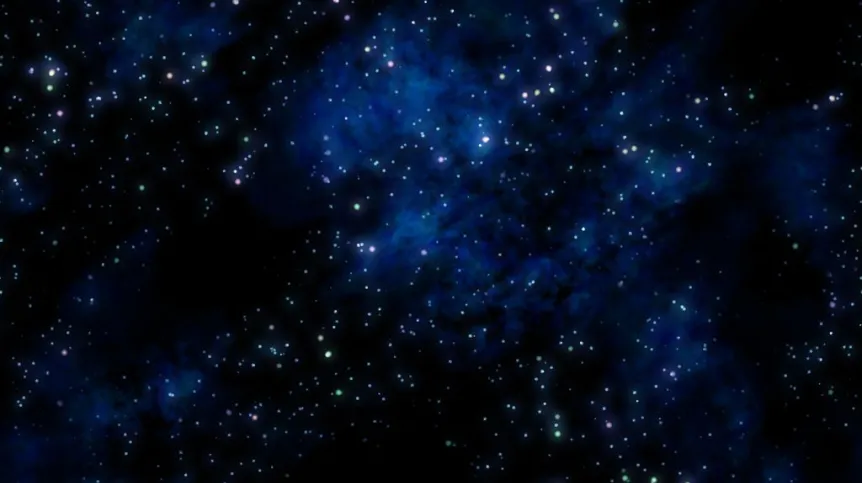
The mysterious dark matter whose gravitational "shadows" has long been observed in the universe, may be composed of neutralinos - some theories suggest. Physicists from Świerk estimate that thanks to the new detectors within two years we will find out whether neutralinos exist or not.
In the Universe there is almost six times more dark matter than baryonic matter which forms our everyday world. But although scientists theorize that it must exist, they still have not detected even a single elementary particle of it. A good candidate for such particles are neutralinos, predicted by supersymmetric theories of the structure of matter that go beyond the current physics.
The research of a group of theoreticians from the National Centre for Nuclear Research (NCBJ) in Świerk led by Prof. Leszek Roszkowski shows that the detector currently under construction, and perhaps even the currently operating detectors, in the next two years should finally confirm or exclude the existence of such neutralinos. NCBJ spokesman Marek Sieczkowski reported on the research project in a release sent to PAP.
Results of theorists from Świerk were discussed during the conference COSMO-15, which this week attracted to Warsaw almost a quarter thousand particle physicists, astrophysicists and cosmologists from around the world.
The presence of dark matter is now postulated, among others, based on the analysis of the movements of stars in galaxies and galaxies in galaxy clusters. These objects move at speeds higher than expected, and thus under the influence of stronger gravitational fields than those resulting from the presence of large, visible masses, such as galactic nuclei or neighbouring galaxies. It is believed that this additional contribution to gravity is the result of a new form of matter that is difficult to detect, because it virtually does not interact with electromagnetic radiation.
Despite many years of research we still do not know what particles form dark matter. Until recently it was thought that it could be composed of neutrinos, but studies excluded that possibility. Promising candidates for dark matter are hypothetical WIMPs (Weakly Interacting Massive Particles). It is estimated that they may have a mass of up to several hundred times the mass of a proton or higher. Other likely candidates for dark matter particles are also axions. They, in turn, would have an extremely low mass, millions of billions of times smaller than the mass of a proton.
Several good "suspects" also emerge from the supersymmetry theories. They predict that each type of elementary particle in the Standard Model describing the structure of matter has its more massive, supersymmetric partner. Superparticles with very large mass may be unstable and decay into less massive superparticles, but the least massive superparticle should be stable. In the theories, in which such superparticle slightly interacts with ordinary matter, it becomes a good candidate for dark matter and is known as the neutralino.
"Analyses performed by our research group suggest that if neutralino really exists, we should be able to observe it with the latest detectors" - explained Prof. Roszkowski.
In the most probable estimates of values of the mass of neutralino as dark matter, the group from NCBJ took into account the latest experimental results, including the mass of the Higgs boson. According to Prof. Roszkowski’s group’s calculations, the lightest supersymmetric particle, neutralino, should have a mass in a relatively narrow range of energies, approximately one thousand times the mass of a proton.
Neutralino with the mass of approximately one thousand times the mass of a proton means that supersymmetric particles are probably too massive to be produced at the LHC. At the same time, the range of possible masses and interactions of neutralino almost entirely lies within the range of the currently launched one-tonne detector XENON1T in the Gran Sasso laboratory near Rome.
"We shall soon see whether neutralino with a mass of approx. 1000 masses of a proton is only a nice hypothesis, or part of physical reality" - said Roszkowski and admitted that the new experiments would be able to either discover or exclude it. "For our group, the next two years will be a particularly exciting period" - the researcher smiled.
COSMO Conference, at which estimates of mass of potential dark matter particles were presented, is organized since 1997 (this year\'s edition takes place in Warsaw). Participants discuss, among others, issues concerning dark matter and dark energy, the structure of the Universe in major scales and its evolution in phases close to the Big Bang.
PAP - Science and Scholarship in Poland
lt/ agt/ mrt/
tr. RL













